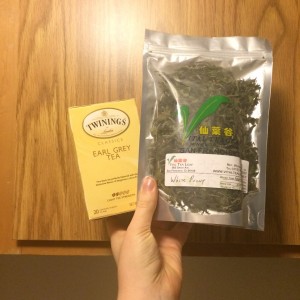3 favorite insights from tea tastings done in class in weeks 1,2, and 5:
- Our group really enjoyed tea tasting sipping teas while listening to the story of tea from a historical perspective of someone who knows the worker and the British/Indian history of tea, changing the flavors of the tea and our appreciation for the teas we were tasting.
- As all tea comes from the same plant, Camellia Sinensis, flavor differences come not from the species, but from a variety of shifting, changing parts including; varietal, weather, location, soil type, harvest style (which may affect quality in terms of tea product and damage), and processing (including oxidation).
- Most Indian teas, unlike Chinese varieties, are made to be served with milk and sugar, detached from much ceremony and more for pleasure. The cream and sugar are comforting, but also help disguise the quality of the tea in many cases, and the soils are not as desirable and create a very bitter Camellia Sinensis.



